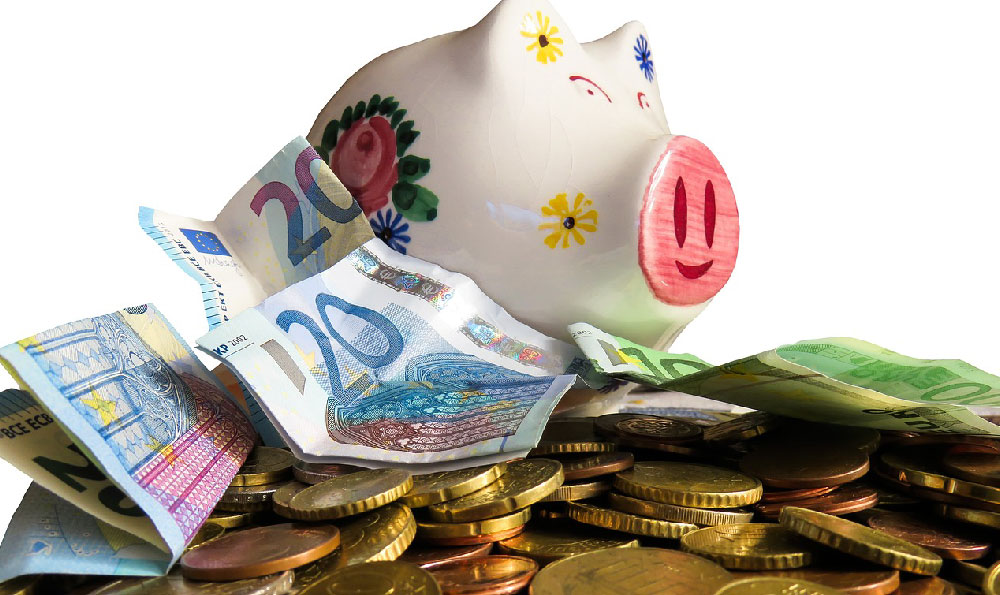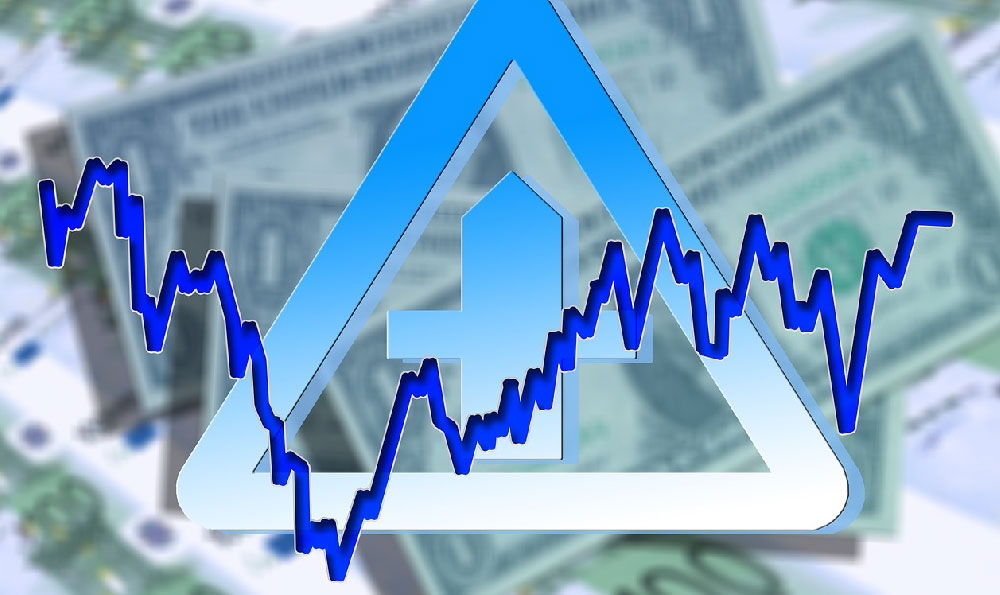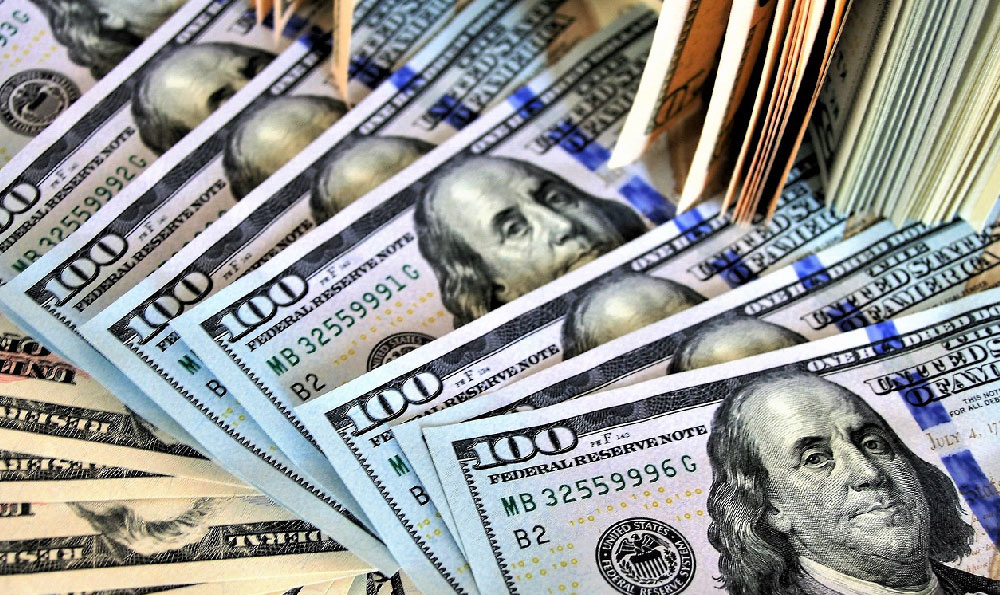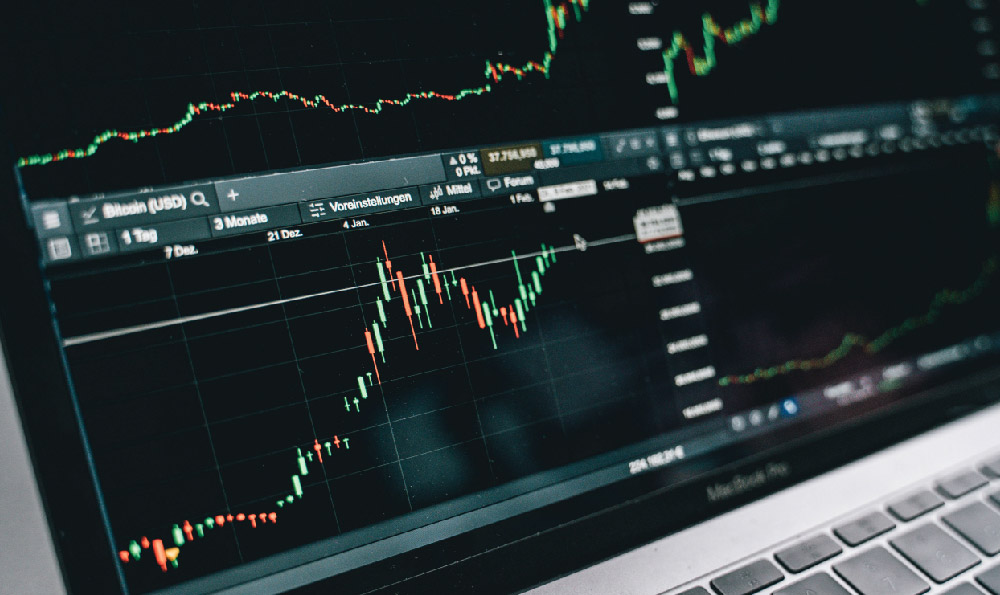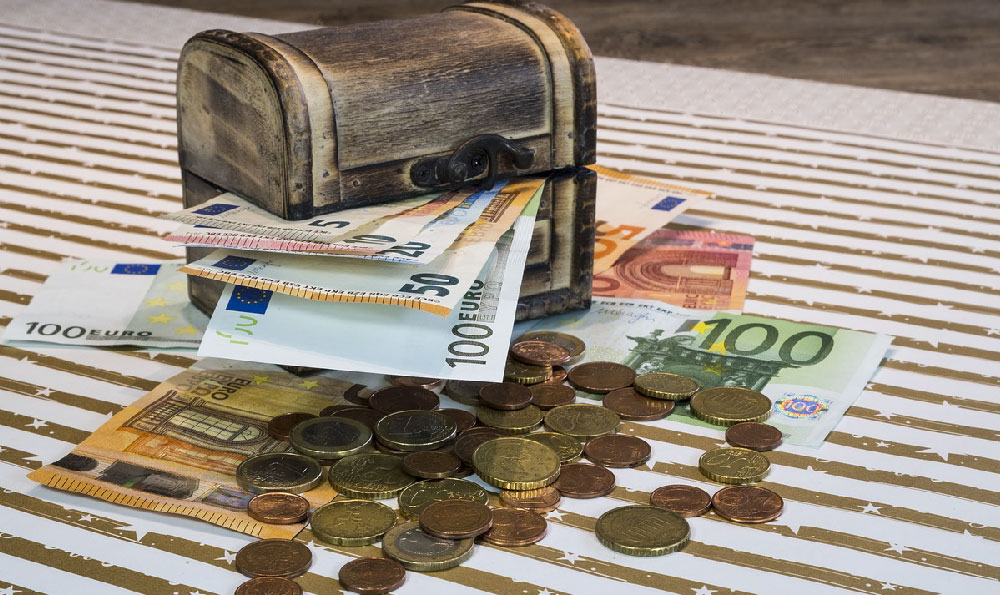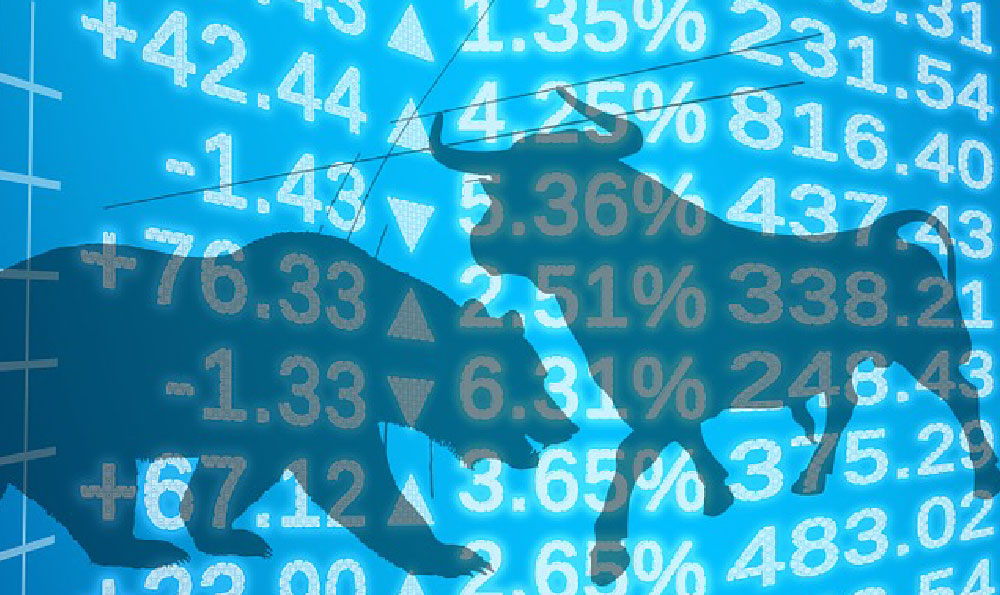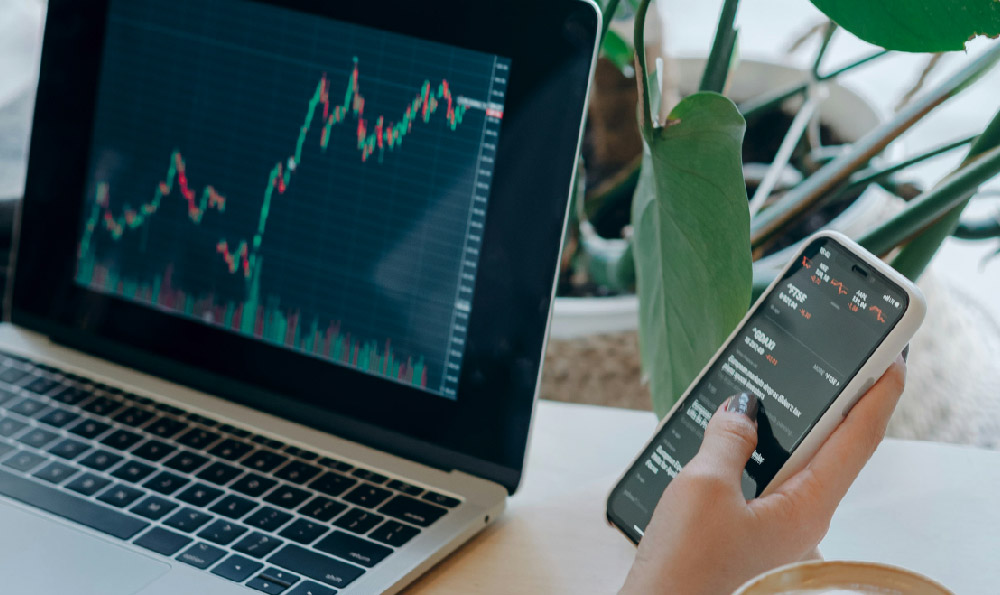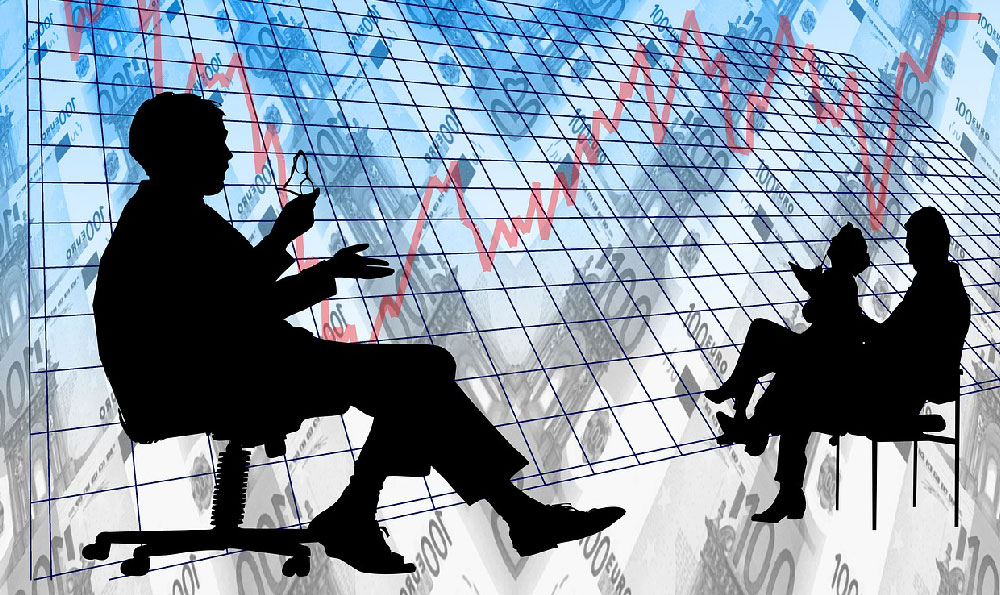Do Uber Eats or DoorDash Pay More?

Okay, I'm ready. Here's an article addressing the question "Do Uber Eats or DoorDash Pay More?", aiming for depth, comprehensiveness, and a helpful tone for potential delivery drivers.
Navigating the gig economy can be tricky, especially when you're trying to maximize your earnings. If you're considering becoming a delivery driver, chances are you've weighed the pros and cons of Uber Eats and DoorDash. One of the most crucial factors in this decision is, of course, compensation. Which platform offers the higher payout? The answer, unfortunately, isn't as simple as one being definitively better than the other. It depends on a multitude of factors, and understanding these nuances is key to optimizing your income.
Let's start by dissecting the basic pay structure of each platform. Both Uber Eats and DoorDash calculate pay based on several components. These usually include a base fare, which covers the pickup and drop-off, distance travelled, and time spent completing the delivery. Both companies use algorithms to determine this base fare, taking into account factors like traffic conditions, demand, and the complexity of the order. However, the specific formulas used by each platform are closely guarded secrets, making it difficult to pinpoint exactly how they differ.
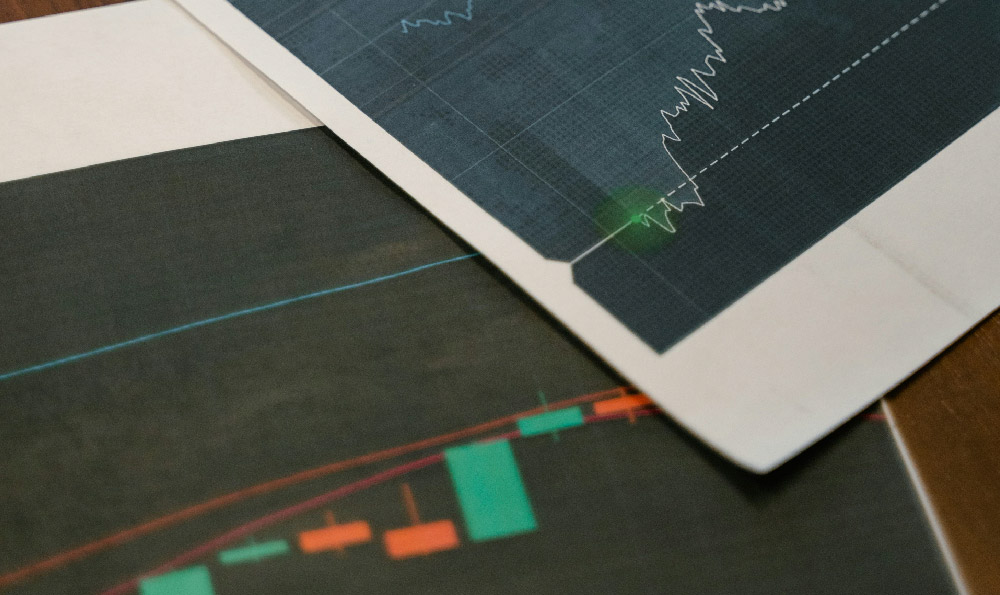
The real game-changer in delivery driver compensation, though, is tipping. In both Uber Eats and DoorDash, drivers keep 100% of the tips they receive. This is where significant variations in income can arise. Tipping behavior can vary dramatically based on location, time of day, and even the type of restaurant the order originates from. For example, deliveries from upscale restaurants might tend to generate larger tips than those from fast-food chains. Similarly, customers might be more generous during peak hours or in inclement weather.
Beyond the basic pay and tips, both platforms offer opportunities to boost earnings through promotions and incentives. These can take several forms. DoorDash, for example, frequently offers "Peak Pay," which adds a bonus to deliveries made during specific times in designated areas. Uber Eats similarly has "Boost" promotions, which multiply the base fare during peak demand. These promotions are designed to incentivize drivers to work when and where they are most needed, and they can significantly increase earnings if strategically utilized.
Furthermore, completing challenges can offer extra incentives. Uber Eats and DoorDash may offer guaranteed earning for completing a specific number of deliveries within a set timeframe, often over a weekend. These offers change constantly and are usually time-bound, requiring you to constantly check your app to see what is available.
Geographic location plays a pivotal role in determining which platform pays more. A market saturated with DoorDash drivers might offer fewer opportunities for deliveries, potentially leading to lower earnings per hour. Conversely, a market where Uber Eats dominates might provide a more consistent stream of orders. Factors like population density, the presence of major universities or corporations, and even the local economy can all influence demand and, consequently, driver earnings. Researching the delivery landscape in your specific area is essential. Talk to other drivers, monitor the app for demand surges, and experiment with different platforms to see which one consistently offers better opportunities.
Another critical factor to consider is operating costs. As an independent contractor, you're responsible for all vehicle-related expenses, including gas, maintenance, and insurance. These costs can quickly eat into your earnings, so it's important to factor them into your calculations. Efficient driving habits, such as minimizing idling and using navigation apps to find the most direct routes, can help reduce fuel consumption. Regular vehicle maintenance is also crucial to prevent costly repairs.
The time of day you choose to drive can also impact your earnings. Lunch and dinner rushes typically offer the highest demand, but they also tend to be the busiest times on the road. Driving during off-peak hours might mean fewer orders, but it can also mean less traffic and a more relaxed experience. Experimenting with different driving schedules can help you find the sweet spot where demand and efficiency align.
Taxes should also be considered. Since you are an independent contractor, you are responsible for paying self-employment taxes, including social security and Medicare taxes. It's important to track your income and expenses carefully and set aside a portion of your earnings to cover these taxes. Consulting with a tax professional can help you navigate the complexities of self-employment taxation.
Ultimately, there is no definitive answer to the question of whether Uber Eats or DoorDash pays more. The best approach is to treat both platforms as tools and experiment with them to see which one yields the best results in your specific circumstances. Consider running both apps simultaneously, accepting orders from whichever platform offers the most lucrative opportunity at any given moment. This approach, known as "multi-apping," can be a highly effective strategy for maximizing earnings, but it requires careful coordination to avoid accepting conflicting orders.
In conclusion, determining which platform pays more requires a nuanced understanding of pay structures, incentives, geographic factors, operating costs, and personal driving habits. By carefully analyzing these factors and experimenting with different strategies, you can increase your earning potential as a delivery driver and make the most of the gig economy.

